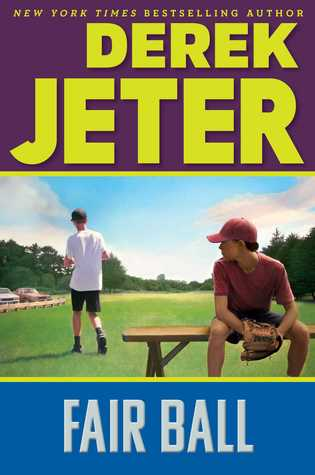Women -- by Charles Bukowski
In his own way, Charles Bukowski made Women a pretty good read. Frequent explicit sex with numerous partners, the single life in LA of the 1960s, great dialogue, fast-paced content, and fine continuity worked well together.
Bukowski was writing a spicy autobiography, certainly touching numerous emotions that many of us experienced at one time or another. It's OK if he might have made up some of it. He claimed his writing was 93% from his life experiences and some of it you would not likely share with anyone else. But it would likely be another story if such content was how you paid bills, and got through life.
Bukowski and his many ladies lived on the edge. It was the fast life with pills, booze, sex, travel, and liquored-up poetry reading that netted him a few hundred dollars, but he finally made enough from his books and other efforts to retire from that circuit. He didn't care for the readings unless it lead to another escapade and material for more adult content. He also wrote magazine articles.
The various videos about him on the internet are a good companion to Women, and anything else you care to study.
Bukowski could also make one stop to think, and likely empathize with others if not reflect on personal experiences.
"By being with young girls did I hope I wouldn't grow old, feel old? I just didn't want to age badly, simply quit, be dead before death itself arrived," he wrote on p. 74-75.
Bukowski wrote Women in his 50s, and most of his partners were considerably younger.
I could tell you more, but I don't want to spoil it. This book could certainly be good therapy for some people. It would be weird if a reader wasn't stimulated in some way here.







